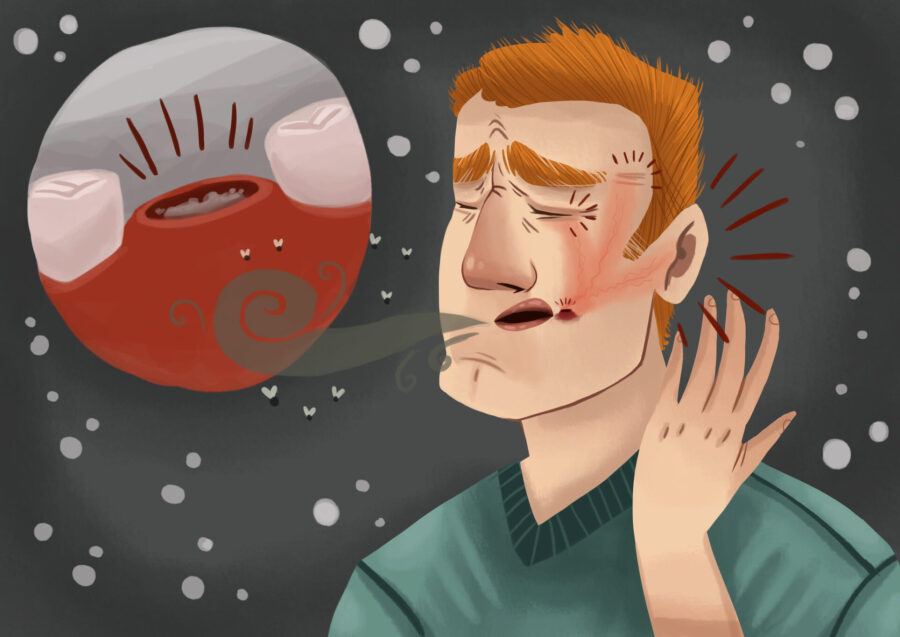
If you’ve had a tooth extracted, you’ve probably heard of dry socket. It’s one of the most common complications after an extraction. While rare, it can be painful and delay healing. Here’s what you need to know to prevent it and what to do if it happens.
What Causes Dry Socket?
After a tooth is removed, a blood clot naturally forms in the empty socket to protect the area while it heals. If this clot becomes dislodged or dissolves too soon, the bone and nerves underneath are exposed. This can cause intense pain and increase the risk of infection.
Behaviors That Increase Your Risk:
- Smoking or using straws: The suction can pull the clot out of place.
- Poor oral hygiene: Bacteria can interfere with healing.
- Vigorous rinsing or spitting: Forceful motions can wash away the clot.
- Eating hard or crunchy foods: These can disturb the healing area.
- A history of dry socket: If you’ve had it before, you may be more prone to it.
Signs and Symptoms
Dry socket usually develops three to five days after an extraction and may include:
- Severe, throbbing pain that radiates from the socket to your ear, jaw, or temple.
- A bad taste or foul breath that doesn’t improve with rinsing.
- Visible bone in the extraction site and an empty-looking socket.
- Minimal swelling but increasing discomfort.
If you experience these symptoms, contact your dentist right away for treatment.
How is Dry Socket Treated?
If dry socket occurs, Dr. Clark Chaney at Chaney Dental in Prairie Village, KS, can provide relief. Treatment usually includes:
- Flushing the area to remove debris
- Applying medicated dressings for pain relief
- Prescribing pain medication if needed
How to Prevent Dry Socket
You can reduce your risk of this extraction complication by following these aftercare tips:
- Avoid smoking, straws, and spitting for at least a week.
- Eat soft foods like mashed potatoes, yogurt, and scrambled eggs.
- Keep the area clean by gently rinsing with warm saltwater after 24 hours.
- Follow your dentist’s aftercare instructions carefully.
Dry Socket Treatment in Prairie Village, KS at Chaney Dental
If you think you have dry socket, don’t wait for the pain to get worse. With the right care, healing can begin quickly, and discomfort usually improves within a few days. At Chaney Dental in Prairie Village, KS, Dr. Clark Chaney offers gentle, effective treatment to relieve pain and help you heal faster. If you’re experiencing severe pain after a tooth extraction, don’t ignore it—call our office today for prompt care and relief!
Image from Authority Dental under CC 2.0
